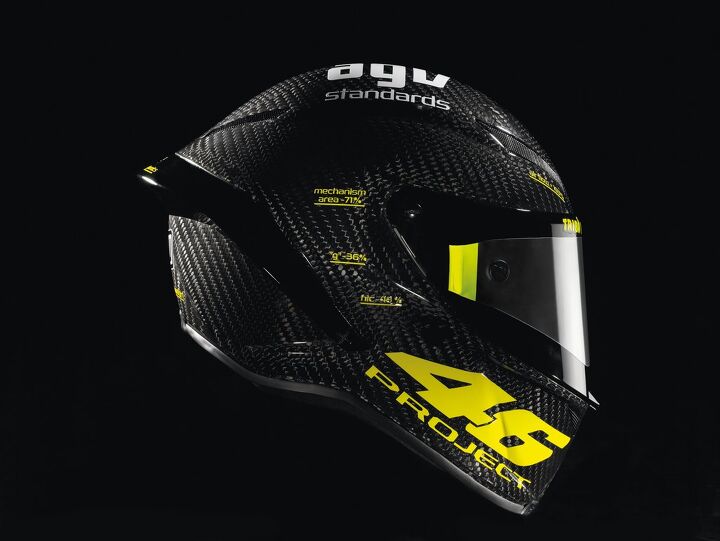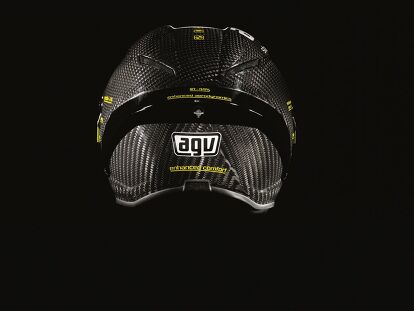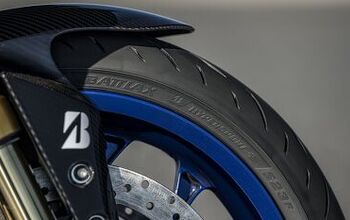AGV Introduces PistaGP – the Helmet Designed Around the Rider's Head

AGV has unveiled its PistaGP helmet, the first product of the AGV Standards program that creates a helmet’s fit from a laser scan of the rider’s head.
Traditional helmets designs begin with the outer shell first, with the internals designed after, resulting in helmets that fit various generic head shapes. That’s not a problem if your head is one of those shapes. Otherwise, you’ll usually have to sacrifice some element of comfort for a decent overall fit.
AGV Standards starts with the inside first, with laser scanners creating a digital version of a rider’s head. This digital scan can be used to create a 3D model with exact measurements various contours on the head. For the PistaGP, AGV recruited MotoGP star Valentino Rossi to help with development.
“I am very happy with the PistaGP, it feels like I am not wearing a helmet,” says Rossi, who has been working with AGV on the PistaGP for three years. “Its aerodynamics have increased, with excellent ventilation and exaggerated visibility, like switching from the TV to the cinema.”
The PistaGP’s outer shell is also adjustable via specially calibrated cylinders in the housing, producing a fit that is also optimized for the rider. Added benefit from the inside-out design philosophy are a more compact shape and reduced weight.
A custom-fit isn’t the PistaGP’s only innovative feature however. The PistaGP also has a 15% wider field of vision, compared to previous AGV models such as the GP-Tech. This lets a rider see further ahead when in a tucked position, and to the side as well. The visor is 9% larger than the GP-Tech’s visor and 3.3 mm thicker, while the hinge mechanism is 71% smaller than that of the GP-Tech. The smaller hinge mechanism allows for increased impact absorption material around the sides of the visor.
Other features of the PistaGP include a 36% reduction in residual impact of G-force to the head, a 48% reduction in brain trauma risk and air intakes nearly three times larger than on previous AGV helmets.
[Source: AGV]

Dennis has been a part of the Motorcycle.com team since 2008, and through his tenure, has developed a firm grasp of industry trends, and a solid sense of what's to come. A bloodhound when it comes to tracking information on new motorcycles, if there's a new model on the horizon, you'll probably hear about it from him first.
More by Dennis Chung
































































































Comments
Join the conversation